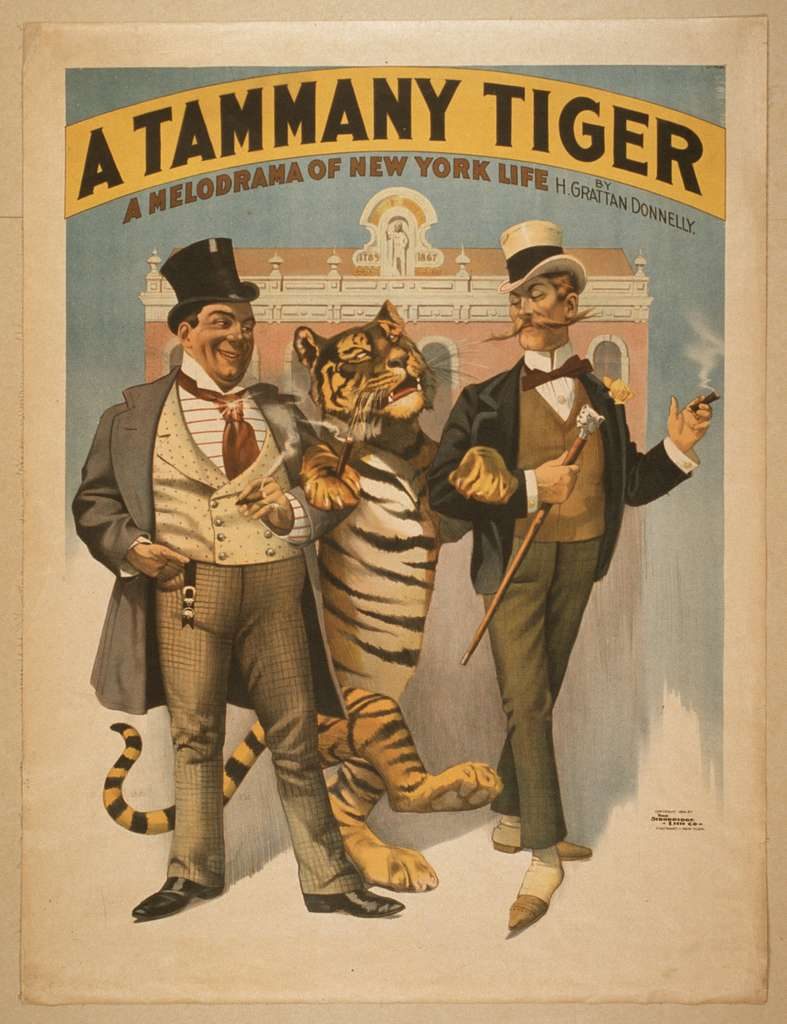
On October 20, 1898–the day the Republican candidate for Congress in New York City’s Fourteenth District opened his headquarters at 263 West 125th Street–many of his supporters thought it was a foregone conclusion that he would defeat the Tammany Hall candidate in the November election. The reason they thought the Republican incumbent had the election in the bag? A large black cat had walked in and taken possession of the Republican headquarters as soon as it opened to the public.
According to an article in The Sun on October 29, 1898, the cat must have taken an immediate liking to candidate Lemuel Ely Quigg. As soon as the cat–called Lem–stepped into Quigg’s headquarters, he “walked leisurely around the place, took a survey of the premises, and smiled at a lithograph of Lemuel that was on the wall.” The article continued, “The cat must have liked the place, because he remained there.”
[On a side note, I did a little research on 263 West 125th Street, and I think I have two better ideas for why Lem the cat was interested in Quigg’s offices. One, the building was also home to the J.A. Engelbach & Co. confectionery and ice cream parlor during this time. Two, in the adjoining building (what would later become the Apollo Theater), there was a restaurant that served live lobsters. I think Lem was much more interested in the ice cream and lobsters than Quigg’s lighograph. Sorry, Lemuel.]



(now the site of a Red Lobster restaurant) and the Republican Party’s political tent on West 125th Street (now the location of the Apollo Theater). NYPL Digital Collections
Quigg, who already had an edge in the election as the present incumbent, was running against William Astor Chandler, a Democrat associated with the Tammany Hall political machine. John T. McNeill, who managed Quigg’s headquarters on West 125th Street, told everyone that he bet Lem was a champion mascot of the campaign, and that he would “back him to lick any Tammany or free-silver cat in Greater New York.”
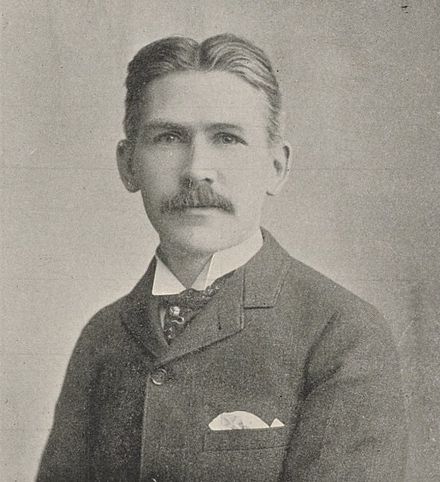
Well, I’m going to let the cat out of the bag right now and tell you that Quigg did not win the election. By a vote of 31,604 to 25,209, the Tammany candidate took control of the Congressional seat for the city’s Fourteenth District, which encompassed all the streets west of 8th Avenue and north of 52nd Street up to the Spuyten Duyvil Creek, as well as a tract on the east side between 59th and 79thh Streets and Central Park and the East River.
At the Republican County Committee meeting following the election, there was much discussion of election fraud, including alleged cases of repeat voting, false registration, and impersonation. The committee passed a resolution suggesting that “some record be kept of the appearance of voters–the color of their eyes, hair, and so forth”—in order to detect and reduce voter impersonations in the “lodging-house districts.” They also promised to track down and punish the offenders.
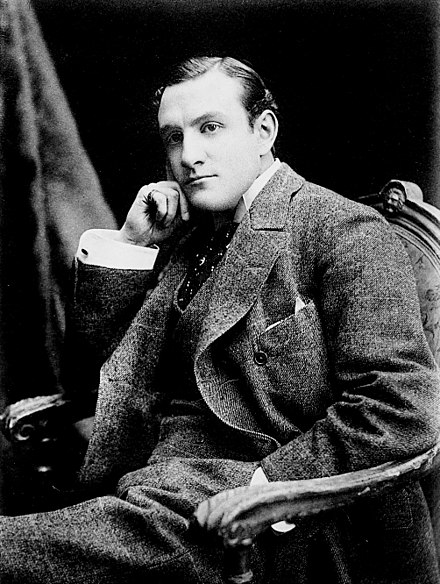
At that meeting, Quigg (who was the committee’s chairman) sounded a warning, “A vote in the city of 111,000 will not be sufficient to keep the State of New York in the Republican column two years from now. The margin was too close.”
Tiger the Tammany Cat
Lem the Republican cat was a rarity during this time, as most of the political cats during Tammany Hall domination were either named Tammany or labeled “Tammany cats” (in fact, I have written about Tammany the City Hall cat, and in December I’ll be sharing a Christmas cat story about the rush on Angora cats named Tammany at Wanamaker’s Department Store in 1897).
One such Tammany cat was Tiger the laboratory cat, whom The Sun newspaper called “a good Tammany cat” when the cat took ill during the November elections in 1898. Perhaps Tiger was one of the cats that John T. McNeill was referring to when he placed all his bets on Lem the Republican cat to help Quigg win the election.
Tiger was described as a beautiful and intelligent cat with “a cast-iron constitution” who had been attached to the Health Board’s chemical laboratory in the Criminal Courts Building for several years. According to The Sun, the poor cat had been “used and misused by the Health Board’s chemists in making their poison tests.” Tiger reportedly ate a lot of poisoned food that had sickened people and he had “permitted himself to be drugged on a thousand different occasions for the cause of humanity.”
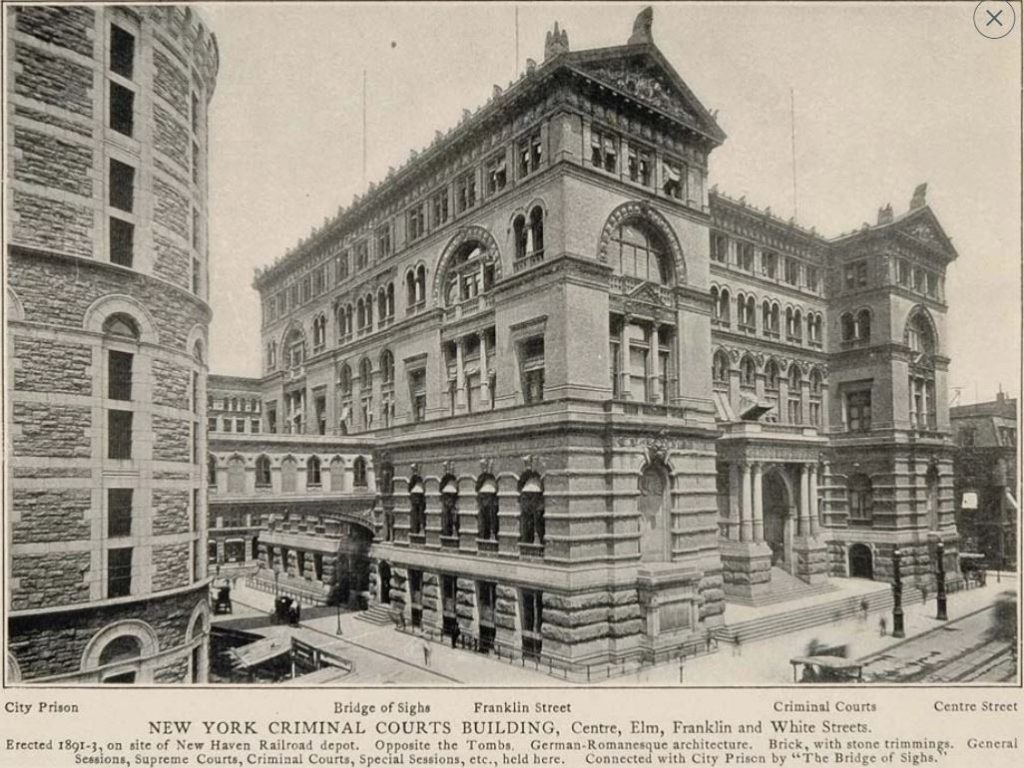
According to The New York Times, Tiger was the one who “had the honor of determining the difference between morphine and atropine” during the Carlyle Harris trial, which I have written about. The two chemicals were placed upon his eyeballs to show how the different drugs affected the dilation and contraction of the pupils. Tiger didn’t seem to mind the morphine, but he did a frantic waltz movement after the atropine was applied. (History is often a hard pill to swallow.)

Up until election day in November 1898, nothing had ever made Tiger ill. He had consumed countless quarts of impure milk that the health inspectors had seized from grocery stores (before it was analyzed and used as evidence in prosecuting the milk dealer). He had even been burned with acid that has splattered on his back.
So when John Jones, the Health Board’s messenger, arrived in the lab on November 9 with a copy of The Sun containing the state election results, he was shocked to see Tiger jump back and begin to howl. You see, although Quigg lost his race–and many local Tammany politicians were elected–it was Republican Teddy Roosevelt who made the top headline for winning the contest for New York State’s governor.
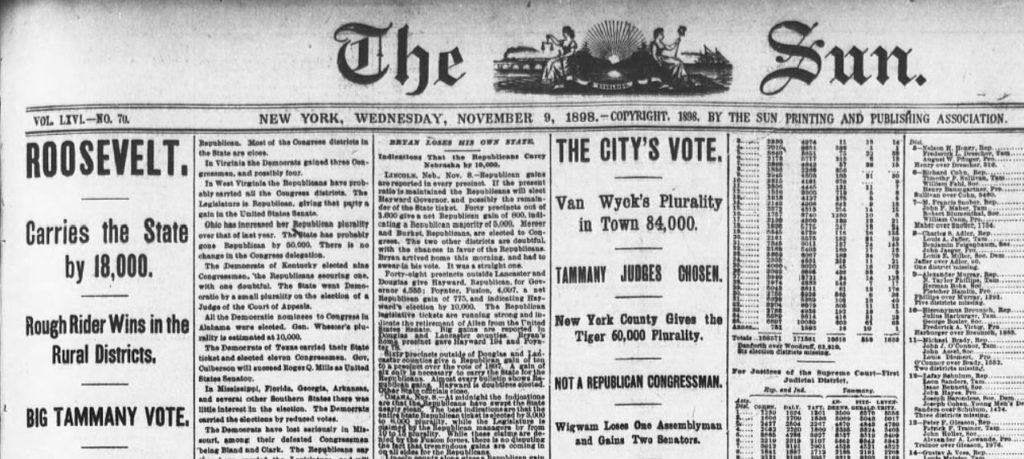
According to the story, “with his tail elevated, Tiger ran around the room, and every now and then jumped four or five feet in the air, until becoming exhausted and falling on the floor in an unconscious condition.” Jones tried to get the cat back on his feet by feeding him some candy and a saucer of adulterated milk. Tiger got up and started walking around the room, “but his eyeballs were dilated and he staggered.”
Poor Tiger remained in a dazed condition all day long. Chemist Ernest J. Lederle and a few physicians were called in to check on the cat’s condition. Some of the doctors said that Tiger was suffering from acute election mania. One doctor suggested they wait until all the election returns were in, which would either kill or cure the cat.

A few hours later, an office clerk appeared with a copy of a newspaper containing additional returns favoring Roosevelt’s majority. After the clerk announced that Roosevelt was to be the next governor, Tiger climbed under the dynamo (electric motor) in the room and tried to electrocute himself. He also tried to attack a man who looked like Roosevelt when the man walked into the room.
To prevent him from doing more harm, Jones put Tiger in the incubator where the men baked diphtheria germs. “We’ll keep him there for a week or two until the election excitement dies away,” Jones said. “I never knew Tiger to be sick before, although enough poison has been pumped into him to kill a thousand cats.”
I do not know what happened to Lem or Tiger, but I have a feeling that Tiger was unhappy for the rest of his nine lives. After Roosevelt left office in 1900, New York State had four Republican governors. It wasn’t until 1911 that the Democrats took control with Governor John Alden Dix.



The cruelty! Perhaps the treatment of little Tiger serves as an allegory for the corruption and greed of Tammany Hall in general. Poor guy.